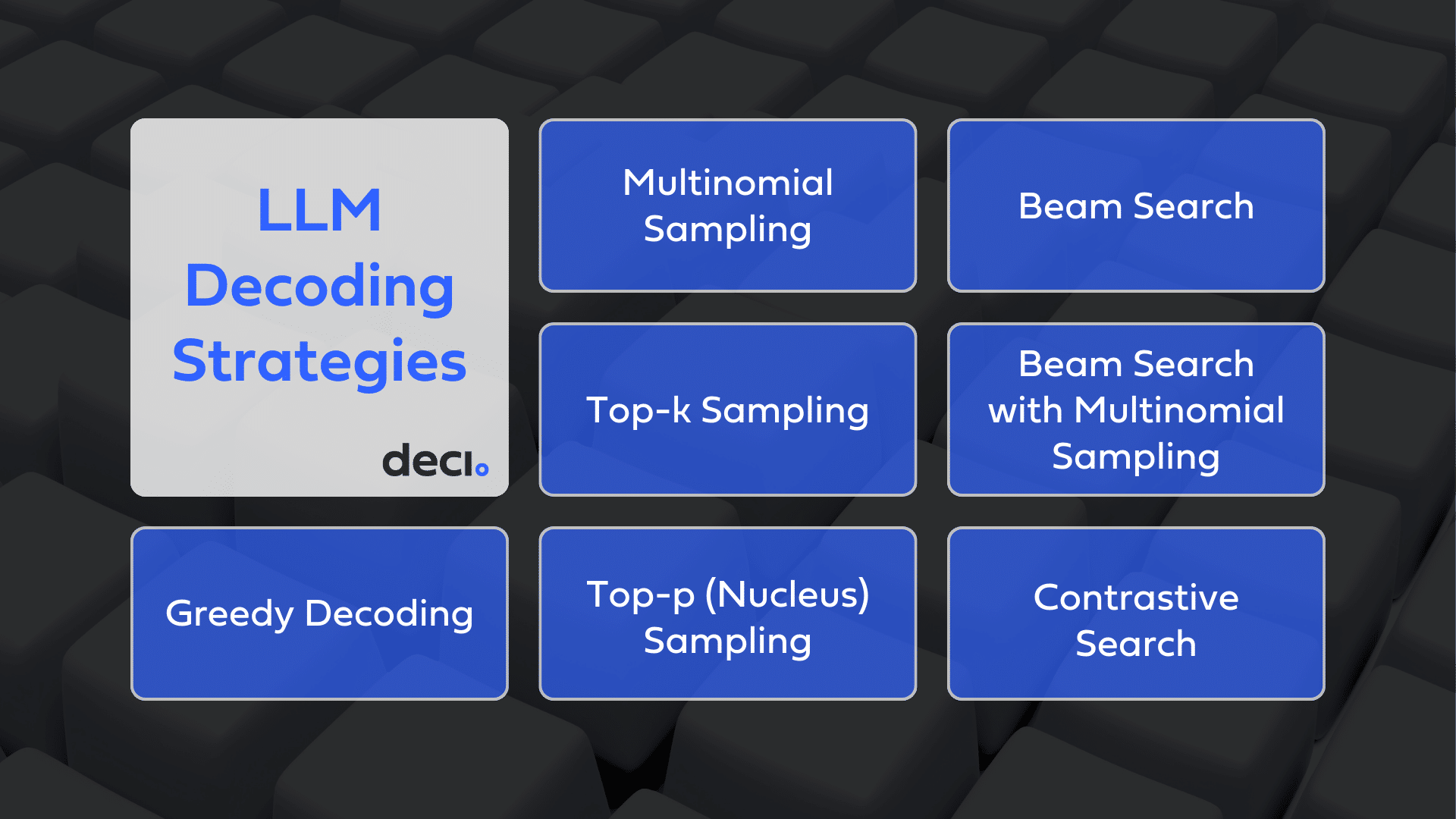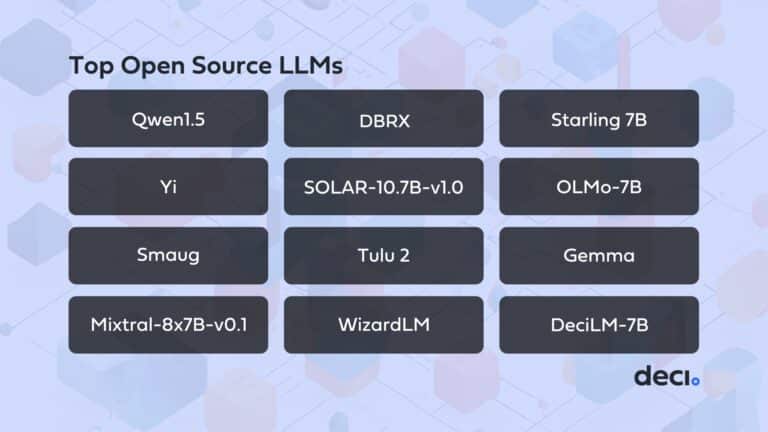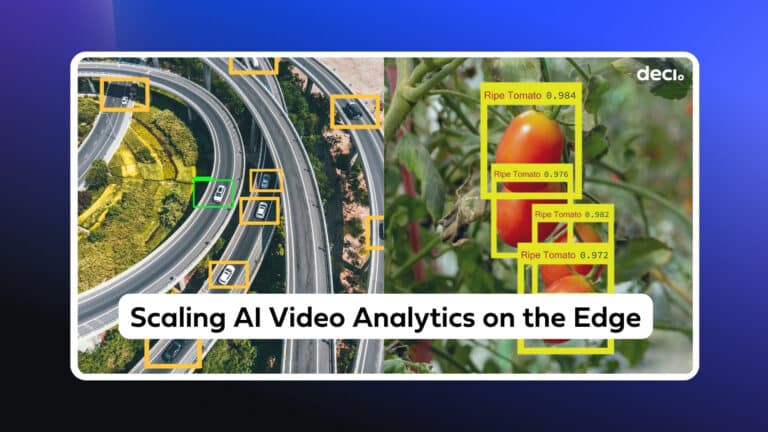A full version of this article was first published on VentureBeat
“Among the 90% of companies that have made some investment in AI, fewer than 2 out of 5 report business gains from AI in the past three years,” a 2019 survey conducted by MIT Sloan Management Review and the Boston Consulting Group revealed.
One of the reasons why most businesses struggle to obtain real value from AI is the high algorithmic complexity of deep learning models. Data scientists get stuck in the development stage of AI adoption, and eventually face resource and business fit constraints.
A more efficient approach is in order, and that is by simplifying and automating cumbersome processes involved in designing deep learning models. Google’s work on Neural Architecture Search (NAS) is an example. Most research in the field has been carried out by academic institutes and tech giants. But many AI developers are already working on making autonomous AI accessible, scalable, and affordable.
That is what the field needs to drive progress and innovation. To learn more about leveraging artificial intelligence to optimize deep learning models and build better AI, click here to read the article on VentureBeat, or talk to one of our experts.










